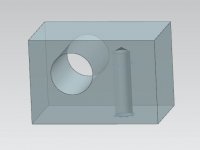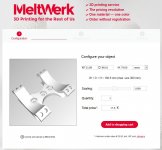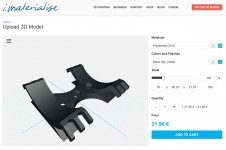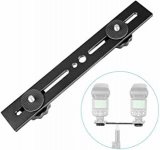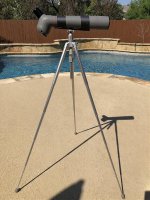Moin Hans,
Sounds like quite the professional solution! I have to admit that part of the attraction of 3D printing is I can get away without any specific skills, and don't need any specific blanks

In FDM printing, one has to reckon with additional strength complications due to the non-homotrophic nature of the prints. FDM results in layers of material being added on top of each other, and while the (primarily interesting) tensile strenth is quite good in the horizontal, the adhesion between fused layers is quite a bit weaker.
Additionally, the printed parts usually are not solid, but consist of solid walls and a weaker internal structure - typically something like a light honeycomb structure.
So besides varying the cross section, you also have to consider printing direction and decide on the strength of the walls (as well as the bottom and top surfaces, seen in the original printing direction), and the pattern and density of the interior structure.
Usually, I don't try to figure out all of this theoretically, but simply print a prototype, use it until it breaks, then redesign it

Regards,
Henning





